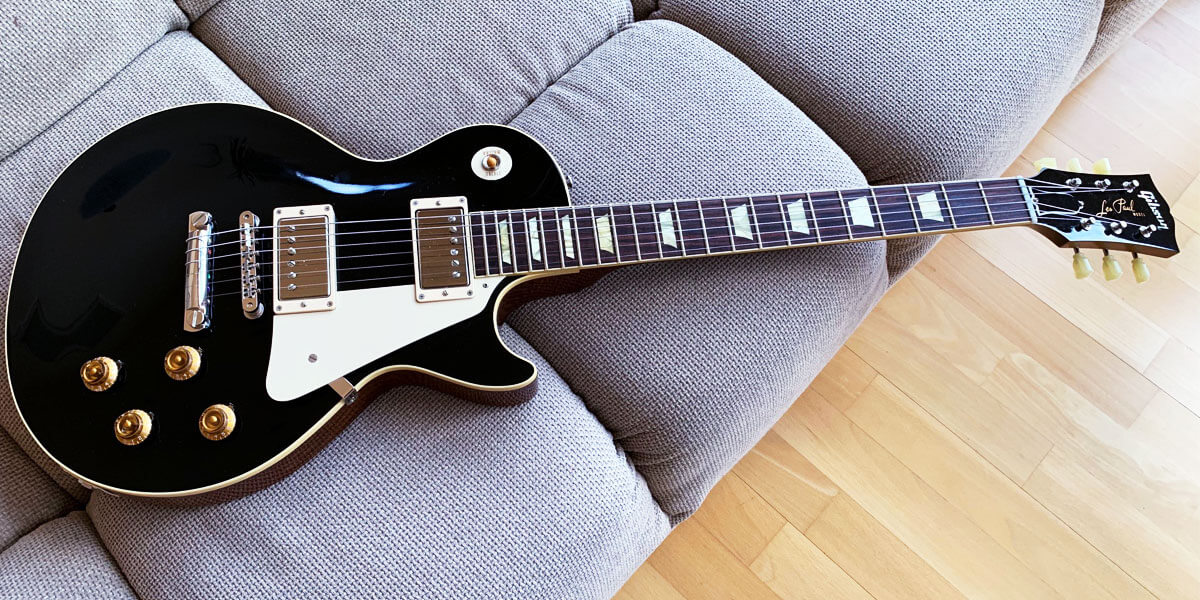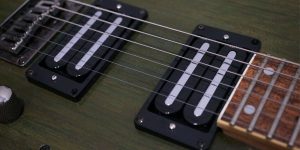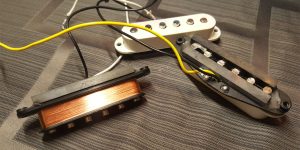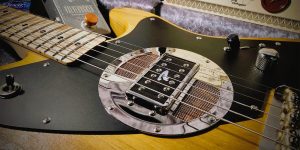Nestled within the intricate machinery of a pickup lies an essential element that profoundly impacts the timbre and character of a guitar’s voice – the pole pieces. These components are available in two common configurations – stepped and flat. Let’s explore in detail and compare staggered vs flat-pole pickups for having a profound understanding of their functionality. By carefully adjusting pickup pole pieces, musicians can craft a signature tone that complements their playing style and musical genre. So I’m sure knowing these nuances will be interesting and useful for you.
Basics behind pole pieces in pickups
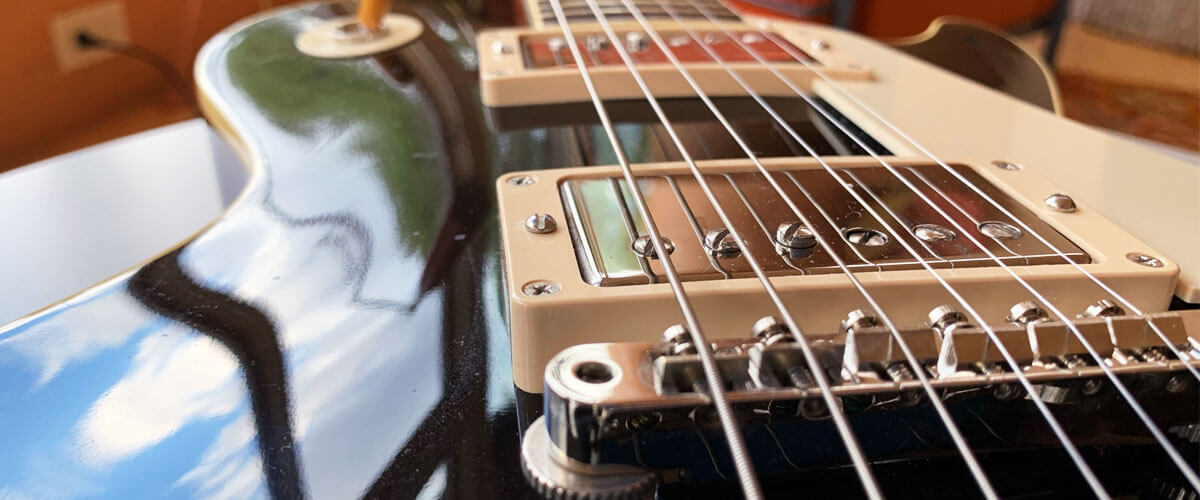
They are often made of ferrous materials, regulating the magnetic field and maintaining the delicate equilibrium of string power. Due to differences in string gauge, tension, and materials, some strings naturally possess more inherent power than others. This is why pole pieces’ placement and height determine the delicate balance between the strings. The placement of pole pieces in pickups offers guitarists control over the individual presence of each string.
Staggered pole pickups
Pole-shifted pickups address the inherent disparities in string thickness and tension across a guitar’s fretboard. Unlike traditional pickups with uniform pole heights, pole-shifted pickups feature poles of varying heights. It helps to achieve a balanced tonal output. Staggered pole heights are at the core of this design, which results in some benefits:
- Balanced volume.
- Clarity and definition.
- Responsive dynamics.
- Sustained melodies.
- Versatile expression.
Flat pole pickups
They aim at achieving tonal balance and unity across the strings of a guitar and feature pickup pole pieces that are uniformly level with the pickup’s surface. This design creates a consistent magnetic field for all strings, regardless of their thickness or tension.
The humbucker pole piece height affects the tonal balance between the pickups. Pole strat pickups are often associated with certain tonal characteristics:
- Warmth and smoothness.
- Balanced response.
- Even sustain.
- Midrange emphasis.
- Versatility.
Tonal Differences: staggered vs flat pole pickups
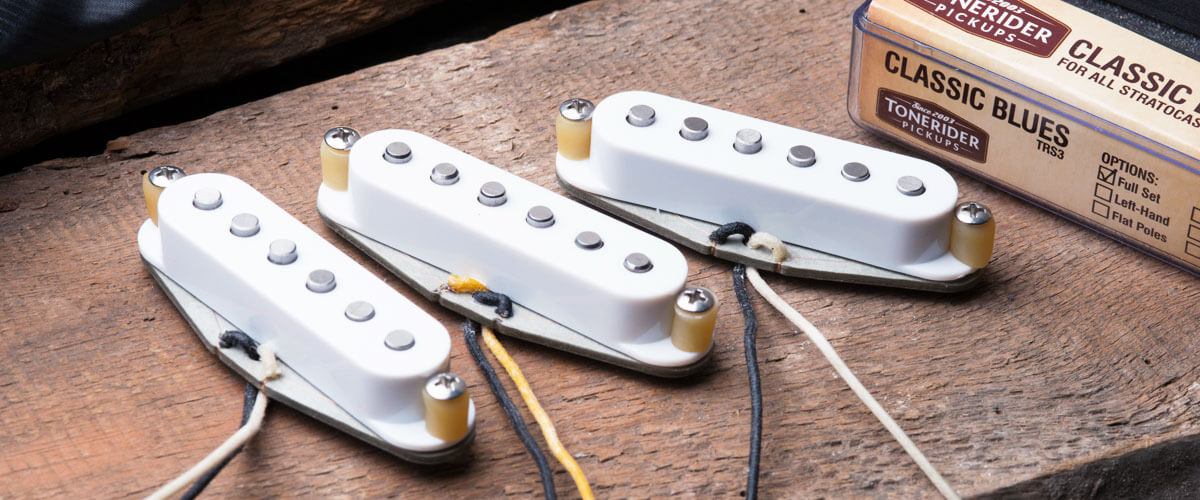
Staggered and flat-mounted pickups offer a unique experience tailored to different musical styles and player preferences. Let’s delve into a comparison of flat pole vs staggered pole pickups.
| Aspect | Staggered Pickups | Flat-Mounted Pickups |
|---|---|---|
| String Response | Balanced volume and projection across all strings. | Mellow, warm tonal quality, consistent across all strings. |
| Dynamic Range | Heightened dynamic responsiveness and intense strumming. | Sustained notes and even decay. |
| Articulation | Pronounced note articulation and clarity. | A smooth and rounded sound. |
| Versatility | Showcase versatility, catering to various playing styles and genres. | Consistent, balanced tonal output suitable for different genres. |
| Tonal Character | Well-suited for genres demanding precision, dynamics, and versatility. | Excel in genres that prioritize warmth, smoothness, and balanced response. |
Applications and genres
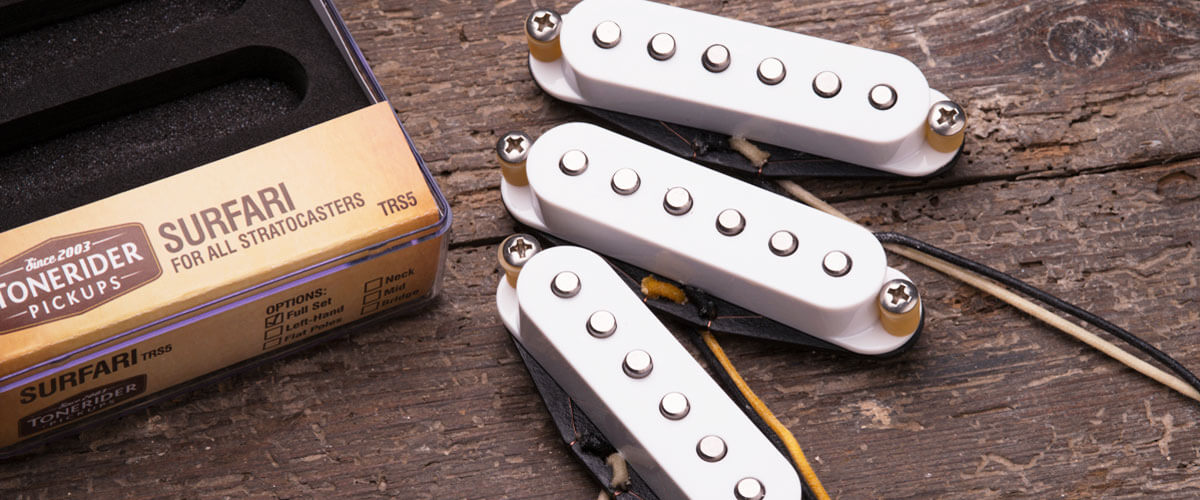
Pole configurations in pickups contribute distinct sonic signatures that align with specific musical genres. I suggest exploring which musical styles find their perfect match with each pole configuration.
Staggered pole configurations:
They excel in rock and blues. Artists like Jimi Hendrix, Eric Clapton, and Stevie Ray Vaughan have used staggered pole pickups to infuse their guitar-driven anthems with clarity and grit. The precision and note definition of staggered pole pickups make them a favorite in jazz and fusion genres. Players like John Scofield and Pat Metheny appreciate the clear articulation and versatility of intricate chord progressions and intricate improvisation.
In progressive rock and metal genres, they shine with their ability to capture every nuance of complex riffs and fast-paced solos.
Flat pole configurations:
These pickups complement jazz’s mellow and smooth sounds, offering a warm tonal foundation. Artists like Wes Montgomery and George Benson have employed flat-pole pickups to craft their signature jazz tones. Their warmth and even response perfectly match the emotive tones of blues and soul music. Musicians like B.B. King and Al Green have utilized flat-pole pickups to infuse their music with soulful expression.

